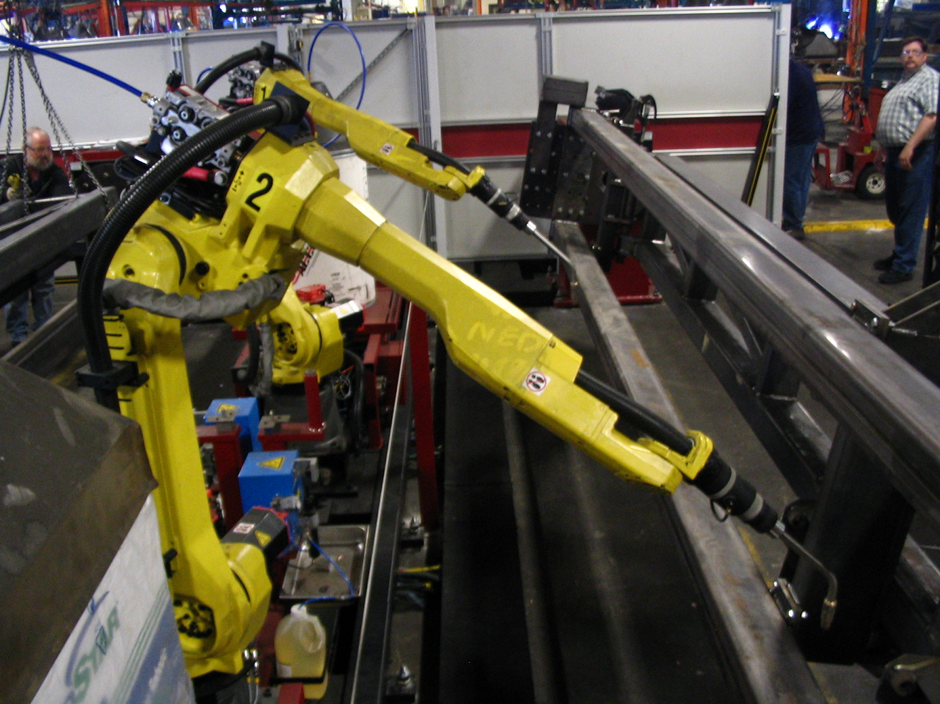Back in 2012, a construction company built a high-rise in India in just ten days. It shocked the world and led to a rethink about how the building industry goes about its business. Does construction have to take so long? Or can the process be sped up with new technology and working practices?
It turns out that there is a huge opportunity here to do things both faster and cheaper than ever before. Construction companies are now investing in new technology that will change the way that they go about their business. Check out how construction is changing and making buildings go up faster.

Robots Are Now Rearranging Rooms
New York and Boston are currently at the epicenter of the modern robotics revolution. It’s here where boffins have assembled to create some of the most life-like robots in the world. A company based in Brooklyn called Asmbld has now built a robot that can reconfigure a room in minutes. Their idea is kind of crazy, but it works. Essentially, the company has created little robot blocks. These blocks communicate with each other and a central computer. The computer then directs them to assemble in different patterns in a room. The blocks can form themselves into partitions, tables, workspaces, conference lounges and so on. What’s more, it only takes a couple of minutes to complete the transformation. In essence, it means that companies can have multiple rooms for the price of one.
Currently, the system is estimated to cost around $12,000 for a 500 square foot room. It’s not cheap. But it’s certainly a lot cheaper than building a bunch of new rooms from scratch.
Faster Design And Construct
What is design and construct? Essentially it’s about bringing together all the parts of the building process. Traditional building projects have design, approval and construction phases carried out sequentially. New design and construct processes are trying to bring all these elements together under one platform to make it faster. Current estimates suggest that doing this reduces total build time by up to a third.
At Oak Ridge National Laboratory, they’ve taken this idea to the next level. They are now looked at ways to design and print out entire buildings all in one step. Recently Clayton Homes asked the Lab if they could 3D print out a living unit. They could, and now the Lab is the proud owner of one of the first 3D printing housing units in the country. It should be noted that 3D printed homes are still rare. But according to the data, printing cut the time and materials cost by 40 percent.
3D Printed Space Junk
3D printing isn’t just confined to creating structures here on Earth. It’s also going to be used to make structures in space. Made In Space is the company behind the effort. It calls itself a “space manufacturing company” and it’s got big ambitions. One of the things that it wants to do is create the first space factory. It’s doing this by launching small modules into space which will then connect together to form an orbital assembly line.



 Wikipedia
Wikipedia

